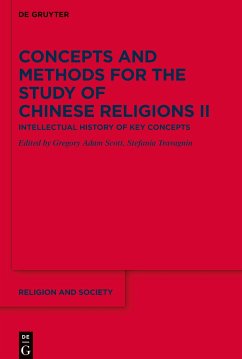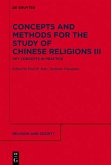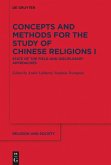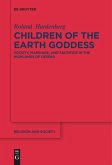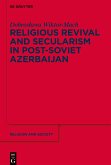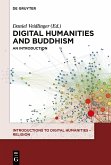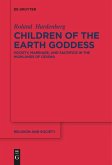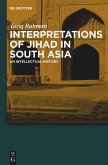The three-volume project 'Concepts and Methods for the Study of Chinese Religions' is a timely review of the history of the study of Chinese religions, reconsiders the present state of analytical and methodological theories, and initiates a new chapter in the methodology of the field itself. The three volumes raise interdisciplinary and cross-tradition debates, and engage methodologies for the study of East Asian religions with Western voices in an active and constructive manner.
Within the overall project, this volume addresses the intellectual history and formation of critical concepts that are foundational to the Chinese religious landscape. These concepts include lineage, scripture, education, discipline, religion, science and scientism, sustainability, law and rites, and the religious sphere.
With these topics and approaches, this volume serves as a reference for graduate students and scholars interested in Chinese religions, the modern cultural and intellectual history of China (including mainland China, Taiwan, Hong Kong, and Chinese communities overseas), intellectual and material history, and the global academic discourse of critical concepts in the study of religions.
Within the overall project, this volume addresses the intellectual history and formation of critical concepts that are foundational to the Chinese religious landscape. These concepts include lineage, scripture, education, discipline, religion, science and scientism, sustainability, law and rites, and the religious sphere.
With these topics and approaches, this volume serves as a reference for graduate students and scholars interested in Chinese religions, the modern cultural and intellectual history of China (including mainland China, Taiwan, Hong Kong, and Chinese communities overseas), intellectual and material history, and the global academic discourse of critical concepts in the study of religions.
"Finally, Pitkin provides an overview of key concepts, methodological approaches, and critical problems within the study of Tibetan concepts of sacred space, environmentalism, and sacred landscape. Like its predecessor, this volume provides what can only be described as essential reading for those interested in Chinese religions." Joseph Chadwin in: Religious Studies Review, 4/2020

